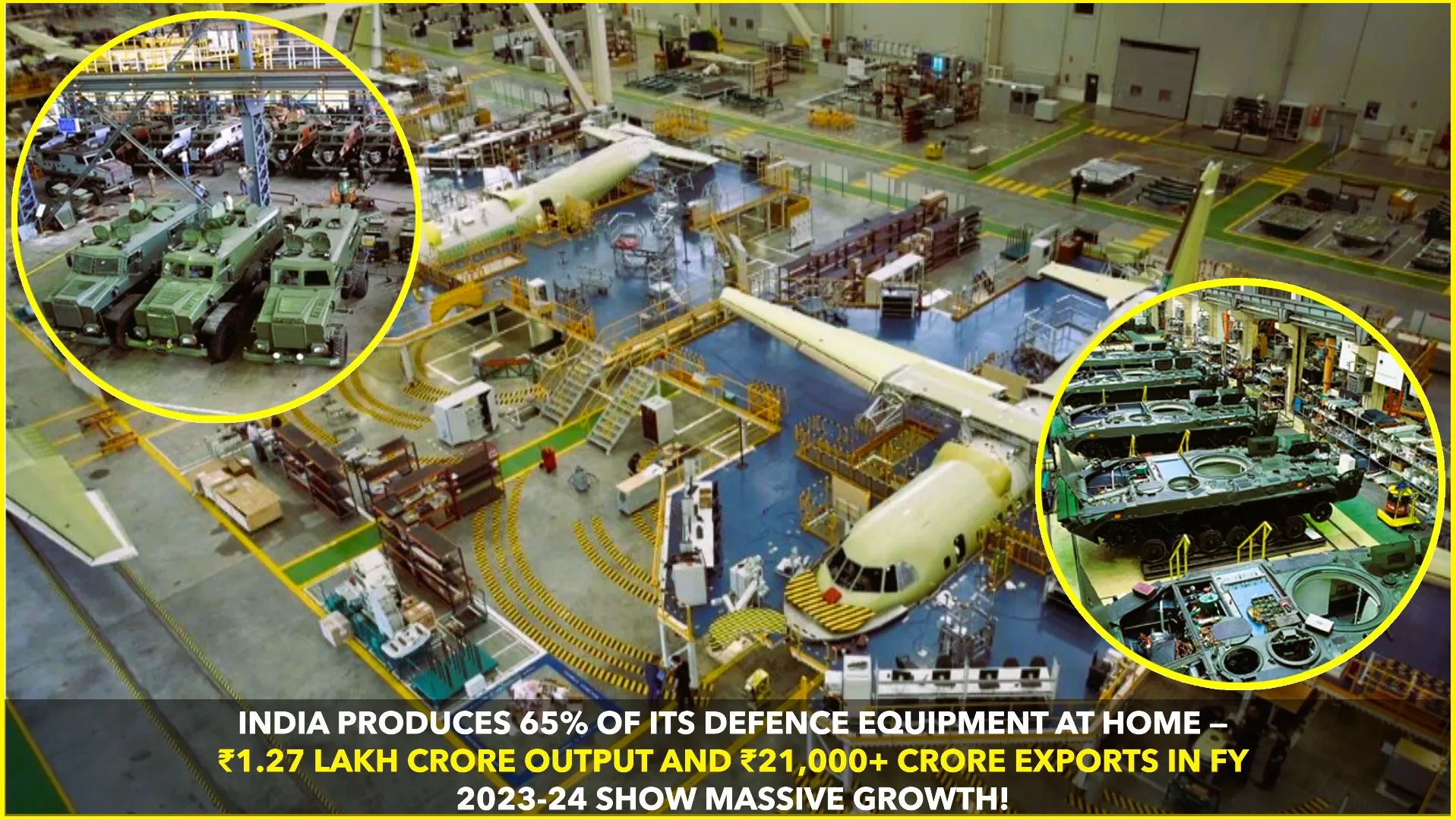In a striking geopolitical shift, China has publicly sided with India amidst escalating trade tensions with the United States. On August 6, 2025, U.S. President Donald Trump announced an additional 25% tariff on Indian imports, citing India’s continued purchase of Russian oil. This latest measure brings the total U.S. tariff on Indian goods to a staggering 50%. The Trump administration framed the move as punishment for India’s energy dealings, accusing it of “fueling Russia’s war machine.” The Washington PostThe Guardian
The policy triggered swift and strong backlash from New Delhi. The Indian Ministry of External Affairs denounced the move as “unfair, unjustified, and unreasonable,” asserting that India’s oil imports are strictly market-driven, aimed at safeguarding energy security for 1.4 billion people. It further accused the U.S. of double standards, noting that other countries sourcing Russian oil have not been penalized similarly. The GuardianHindustan TimesThe Washington Post
Prime Minister Narendra Modi responded defiantly, vowing to uphold the interests of Indian farmers and consumers, even at significant political and economic cost. “India will never compromise on the interests of its farmers, livestock rearers and fisherfolk,” he emphasized. “I know that I will personally have to pay a very heavy price for this—but I am ready.” The Guardian
What followed next stunned international observers: Beijing openly condemned the U.S. tariffs. Chinese Foreign Ministry spokesperson Guo Jiakun described the U.S. action as clear “tariff abuse”, emphasizing that China’s “opposition to the abuse of tariffs is consistent and clear.” Notably, China also purchases substantial quantities of Russian oil but has not been hit with punitive tariffs—making its stance particularly pointed. India TodayHindustan Times
Further demonstrating this rare diplomatic support, the Chinese Embassy in India, via spokesperson Yu Jing, urged the two Asian giants to stand together. She highlighted that the “economic and trade relationship between the two countries is grounded in mutual benefit and complementarity” and warned that U.S. protectionism undermines the development rights of Global South nations. “Facing the U.S. abuse of tariffs … the two largest developing countries should stand together to overcome the difficulties.” ReutersThe Economic TimesBusiness Standard
The timing of Beijing’s statements is notable. With BRICS talks on the horizon and New Delhi cautiously recalibrating its global alignments, this unexpectedly supportive stance from China opens the door for a new phase of regional cooperation. Experts now speculate whether Trump’s aggressive tariff tactics may inadvertently be bringing India and China closer—two nations that have historically had fraught relations due to border disputes. The Washington PostThe Economic Times
Indeed, several geopolitical analysts suggest these developments foreshadow the potential for a strategic hedging by India. Confronted with unpredictable U.S. tariffs, India may be seeking to rebalance its foreign policy calculus—engaging both with the West and with China for flexibility and resilience. The Washington Post
From a global trade perspective, the U.S. move reflects a broader shift: tariffs averaging 10% to 50% are now in place on imports from over 60 countries, representing the highest import duty levels seen in a century. Nations from Brazil and Switzerland to India are scrambling to respond. ReutersAP NewsFinancial Times
Consequences for India’s economy are also grave. Modi’s has warned that the new 50% tariffs could significantly jeopardize India’s manufacturing sector and dent GDP growth by as much as 0.3%, while undermining investor confidence. The Times of India
Thus, while the diplomatic dynamics shift, the economic stakes remain high. As India and China find common cause against U.S. protectionism, the broader ramifications for global alliances, trade blocs like BRICS, and the established multilateral trade order remain uncertain—but undeniably profound.










